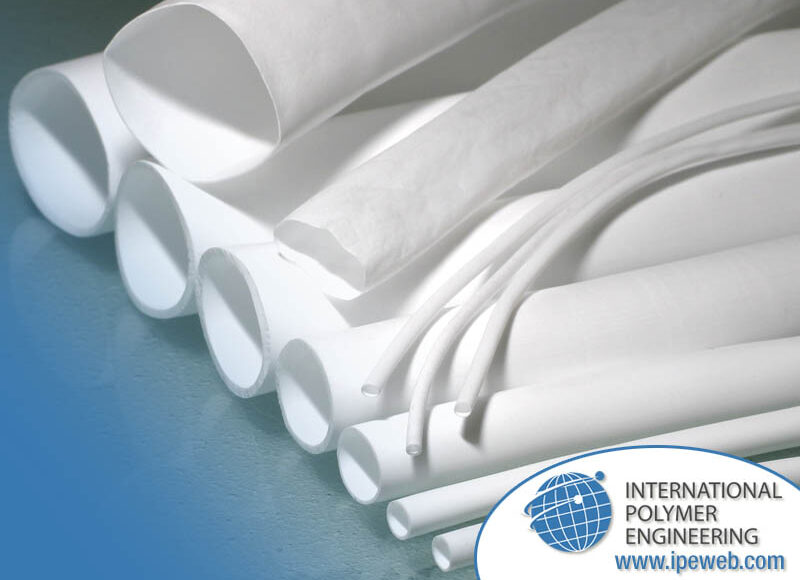
Sensor data is only as reliable as the sensor that gathers the data. Delicate, high-quality, sensors are typically housed in ways that are designed to protect sensitive electronics. However, those housings are also usually built to function in non-hazardous environments. If the sensor is required to withstand harsh daily weather elements such as heat, cold, dust, moisture, and more the housing selected for the entire electronic assembly may not be sufficient to protect the sensors. Even airtight housings with hermetic seals may still expose the sensors to wear and damage from invasive contaminants.
If the sensor is in a sealed housing how is it still vulnerable?
Solid, airtight enclosures can still give way to leaks and contaminants that will ruin sensors from constant exposure to water, UV rays, dust, debris, and other contaminants. Even the best housings can be compromised due to harsh environmental factors, manufacturers who don’t take into account pressure differentials, and more.
Gases expand and contract when subjected to temperature changes which cause them to flow either into or out of the enclosure. If the enclosure is truly airtight, these pressure changes will cause the enclosure to either bulge outward due to internal pressure increases or collapse inward as the internal pressure decreases. Both of these put stress on the seals and will cause them to fail and allow contaminants to enter.
How can this be solved?
One of the easiest ways to combat this problem is to utilize vented enclosures that will not be affected by pressure differentials in combination with utilizing expanded polytetrafluoroethylene (ePTFE) to protect the delicate sensors and other electronics inside the enclosure. ePTFE allows venting without exposure to contaminants as lighter molecules of gas pass through the membrane while larger contaminant particles are repelled.
Why ePTFE?
ePTFE is a mechanically expanded PTFE that creates a unique non-woven micro-structure. Although this product is highly porous, the ePTFE is still hydrophobic under 10 PSI. This allows for a high flow rate through the membrane. The microstructure also has a 1-micron pore size that also functions as a filter protecting your sensor. ePTFE will wick hydrocarbons and ammonia while keeping out larger particles and water under low pressure, thus making it ideal for a number of sensor uses.
For example: In applications for gas monitoring systems, like CO2 sensors for environmental soil, air, or water sampling. The ePTFE is typically created as a sleeve that fits over the sensor cap. The porosity in these types of applications is typically <0.5g/c cm which will allow for quick reaction times while still being hydrophobic. Wall thicknesses can vary depending on the application to provide a product that will resist tearing which is susceptible to products with thin-walled materials. The use of ePTFE for these applications is also beneficial due to the very low pore size (<1 micron) which will also act as a filter to prevent fouling of sensor equipment. IPE is also able to thermally seal the ends of the tubing to provide an easy-to-install sock-like feature.
The material is resistant to virtually all chemicals and withstands extreme temperatures. ePTFE provides excellent protection against corrosion, water ingress, and other environmental influences, including fuels, oils, and corrosive chemicals, and ePTFE functions over a wide temperature range which includes -240° to +250°C. IPE’s expertise and versatility can be used to create custom solutions to solve diverse sensing and monitoring challenges within a wide variety of applications.
Why choose IPE’s FluoroFlex™ ePTFE for your sensor covers?:
- Chemical compatibility
- High-temperature capability
- Variety of porosities (micron ratings)
- Conforms to surface irregularities
- Will not harden or become brittle
- Lightweight
- Venting capabilities
- Allows outgassing
- Allows equalizing pressure
- Barrier against aqueous solutions
- Barrier against dust and dirt
- Lower cost alternative
IPE has designed a variety of shapes and porosities to protect without interfering with operation to meet the highest demands of various applications. IPE’s products are manufactured from 100% ePTFE and can be designed to your specific porosities.
How can IPE help you?
IPE manufactures and distributes custom profile extrusions made from a variety of FluoroFlex™ porous polytetrafluoroethylene (ePTFE) and melt thermoplastic materials. We are committed to understanding your specific project requirements and will tailor a development program to your exact time frame, costs, and project needs.
As an ISO 13485 registered company, we place a strong emphasis on quality. Our facility includes a Class 10,000 clean room for projects with stringent cleanliness standards. With more than 20 years of custom extrusion experience, we apply our extensive knowledge to every project and will optimize your custom extrusion for aesthetics, cost, and/or functionality.
For more information, please visit our website at www.ipeweb.com, send us a request for quote, or contact us to get started on your next project.
